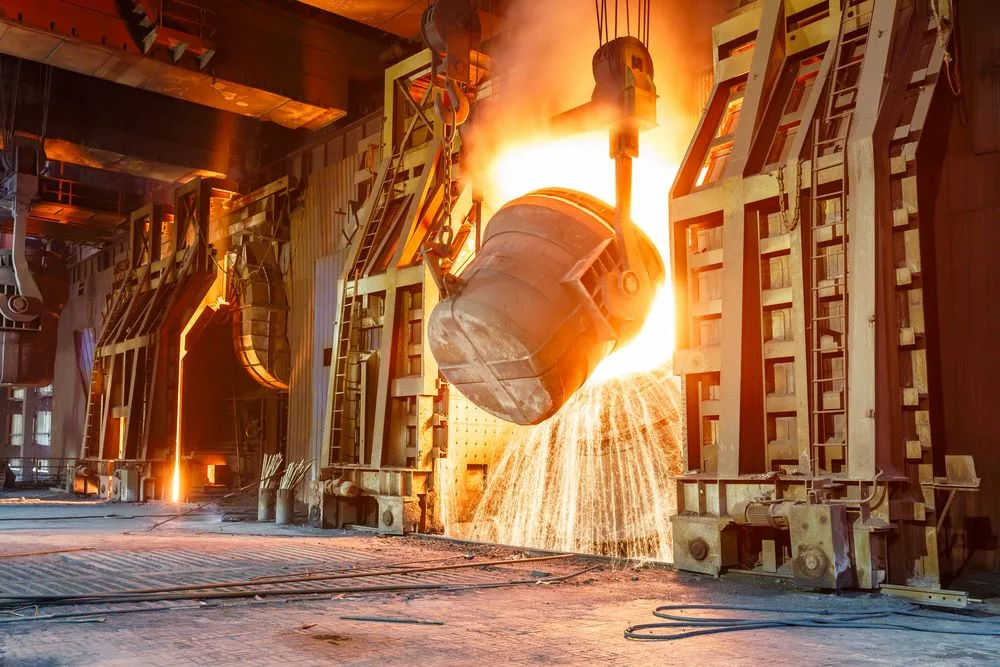South Africa has a diverse energy mix, which includes coal, natural gas, nuclear, renewable energy, and oil. Among these sources, coal remains the primary fuel source for electricity generation, accounting for approximately 77% of the country’s electricity production. The majority of South Africa’s coal-fired power plants use steam turbines to generate electricity. In this blog, we will explore the technology behind steam turbine generators and their role in South Africa’s energy mix.
Steam turbines are a type of heat engine that converts the thermal energy of steam into mechanical energy. They have been used for electricity generation since the late 19th century and are still widely used today. Steam turbines work by using high-pressure steam to turn a series of blades attached to a rotor. As the blades rotate, they turn a shaft connected to a generator, which converts the mechanical energy into electrical energy.
In South Africa, most coal-fired power plants use steam turbines to generate electricity. The steam is produced by burning coal in a boiler, which heats water to produce steam. The steam is then directed to the steam turbine, where it turns the blades and generates electricity. The size and capacity of the steam turbine generator depend on the power plant’s needs and the available fuel supply.
One of the advantages of steam turbine generators is their reliability. They have a long lifespan, and with proper maintenance, they can operate for decades. Steam turbine generators are also highly efficient, converting up to 45% of the thermal energy in the steam into electrical energy. This efficiency makes them a cost-effective solution for electricity generation.
Another advantage of steam turbine generators is their ability to use a variety of fuels. In addition to coal, steam turbines can also be fueled by natural gas, oil, biomass, and waste. This flexibility allows power plants to switch between fuels depending on availability and cost, making steam turbine generators an attractive option for countries like South Africa that have a diverse energy mix.
However, there are also some drawbacks to steam turbine generators. One of the main concerns is their environmental impact. Coal-fired power plants emit large amounts of greenhouse gases, including carbon dioxide, which contribute to climate change. To address this issue, South Africa has set targets to reduce its carbon emissions and increase the share of renewable energy in its electricity mix.
In conclusion, steam turbine generators are an essential component of South Africa’s energy mix. They are reliable, efficient, and flexible, making them a cost-effective solution for electricity generation. However, the country must balance the advantages of steam turbine generators with their environmental impact and work towards a cleaner and more sustainable energy future. Turtle Turbines manufacturers steam turbines from the range of 50kW to 3000kW. For more information please visit on www.turtleturbines.com


